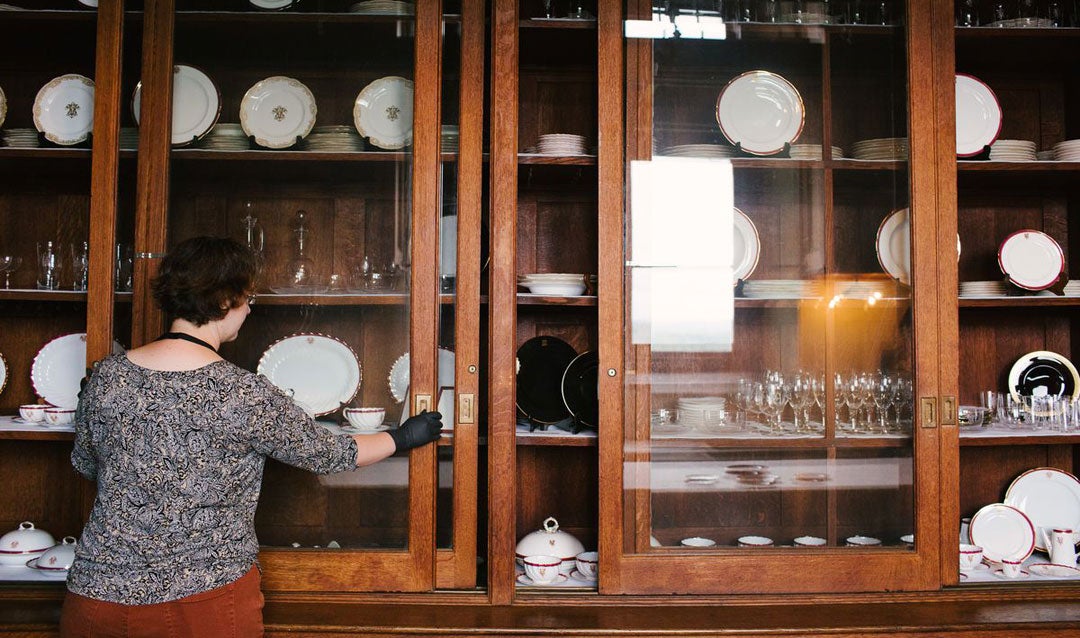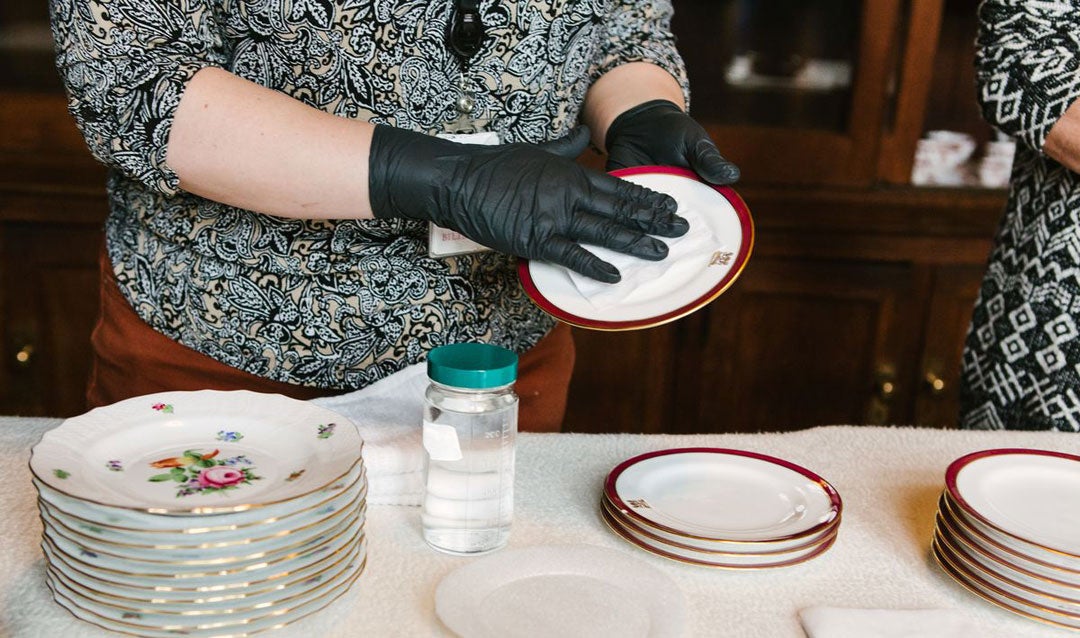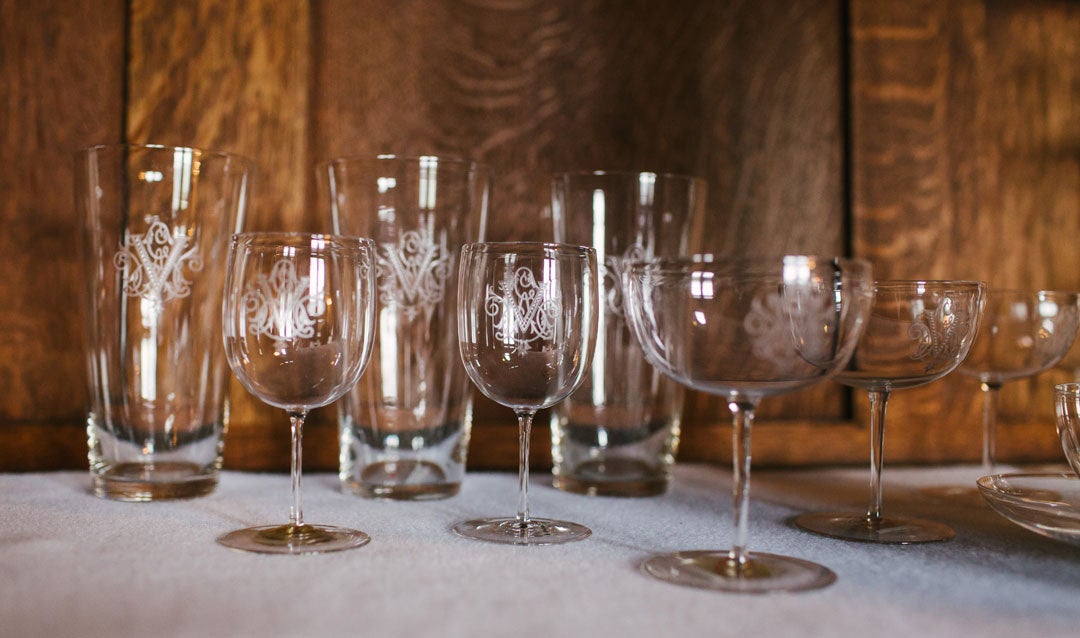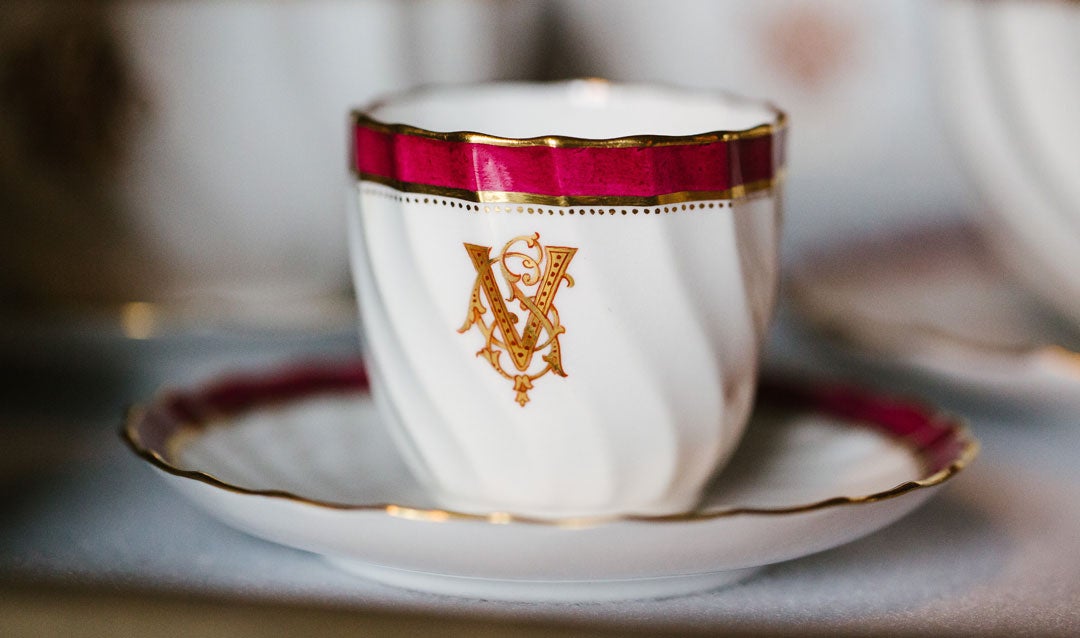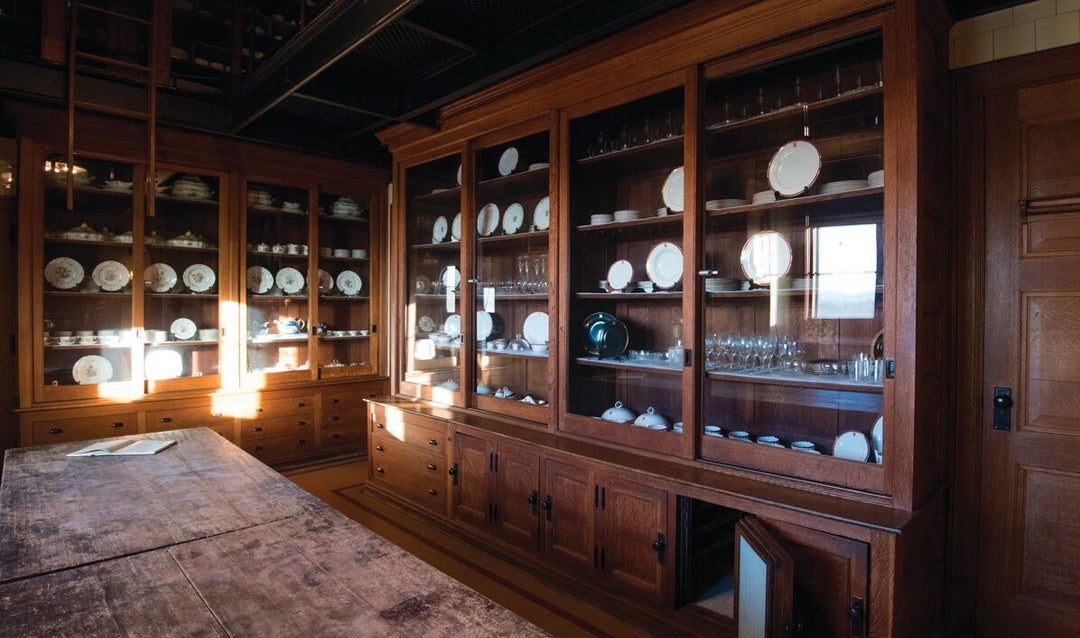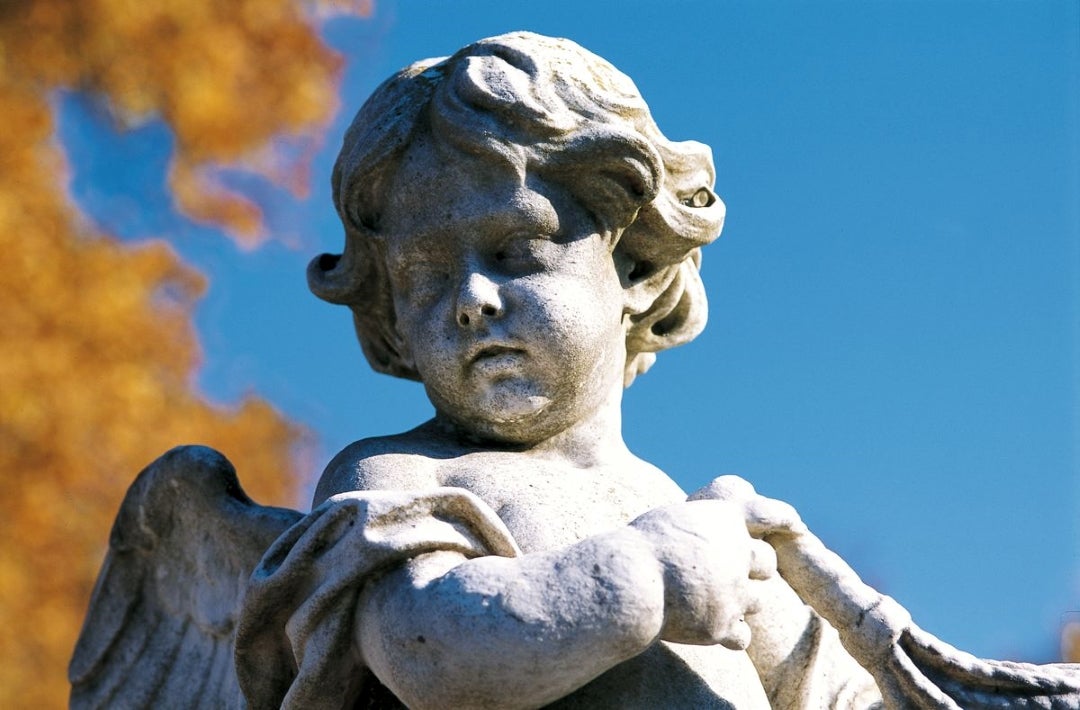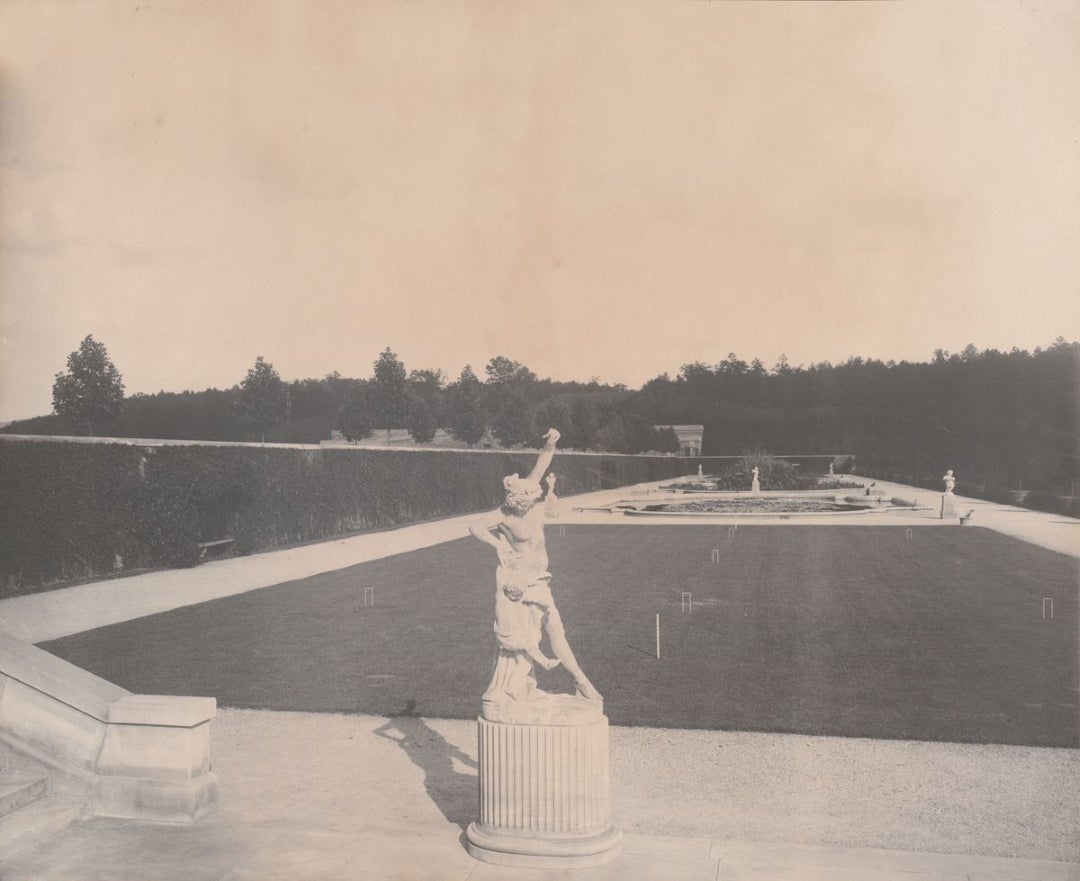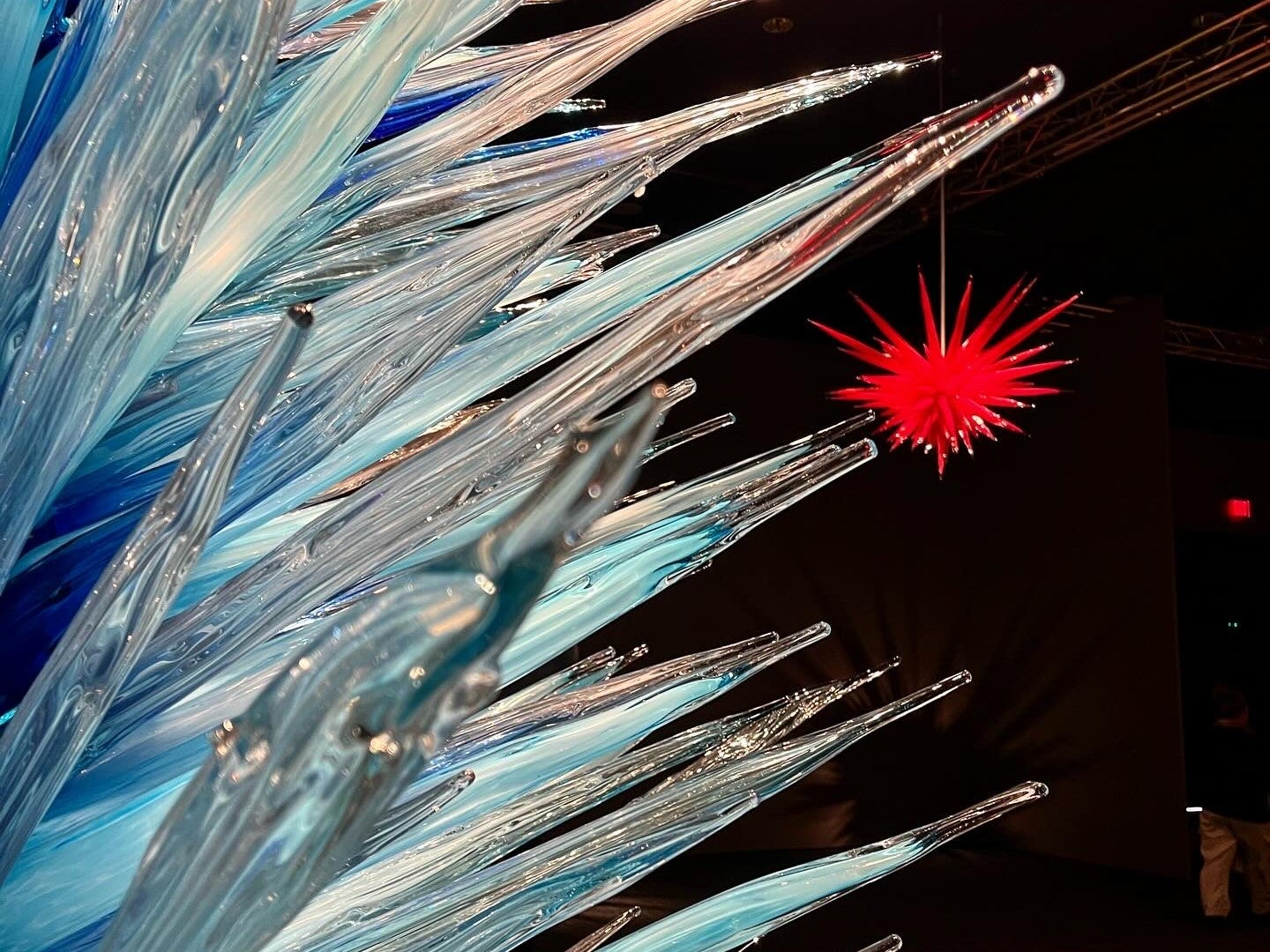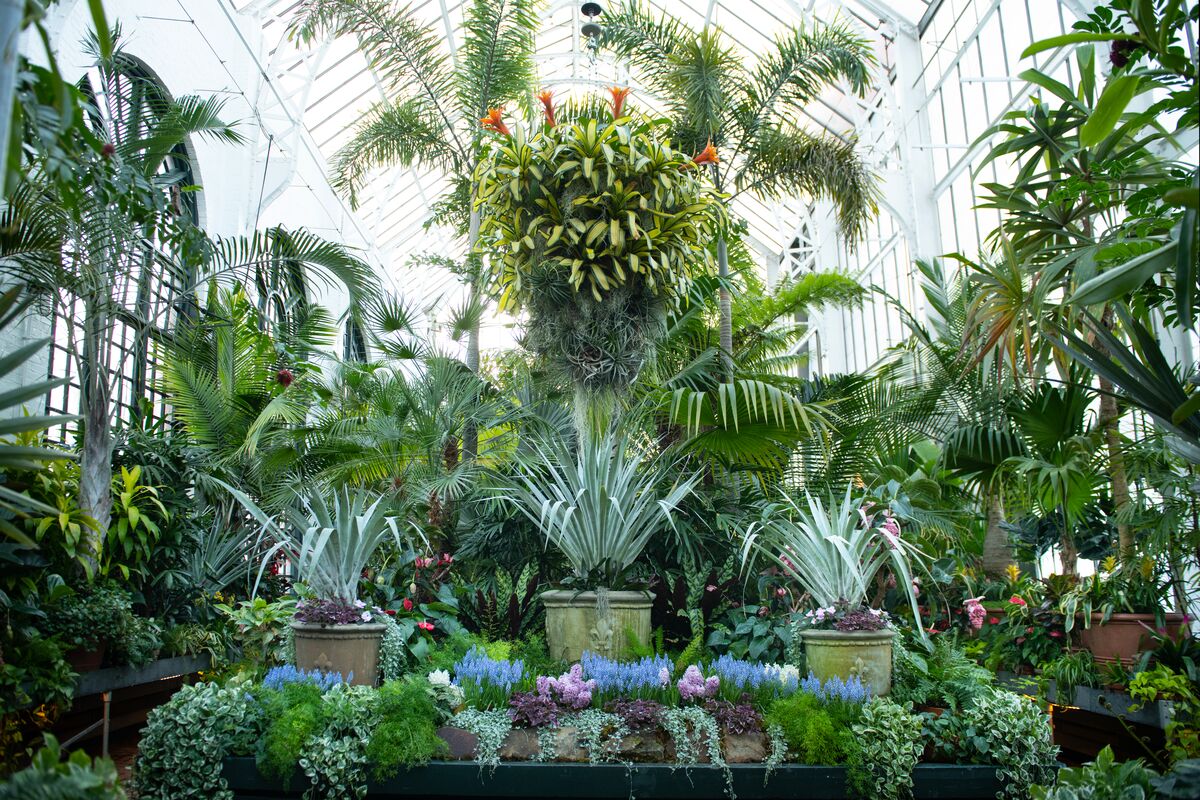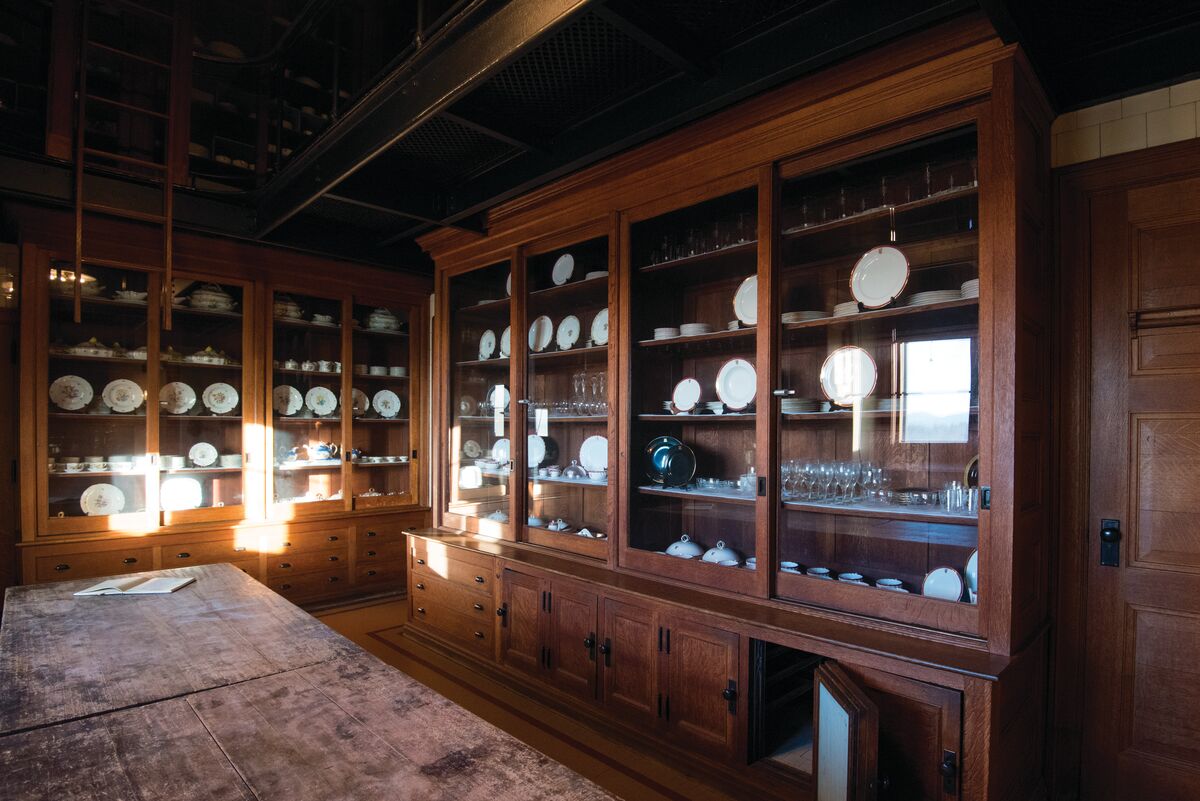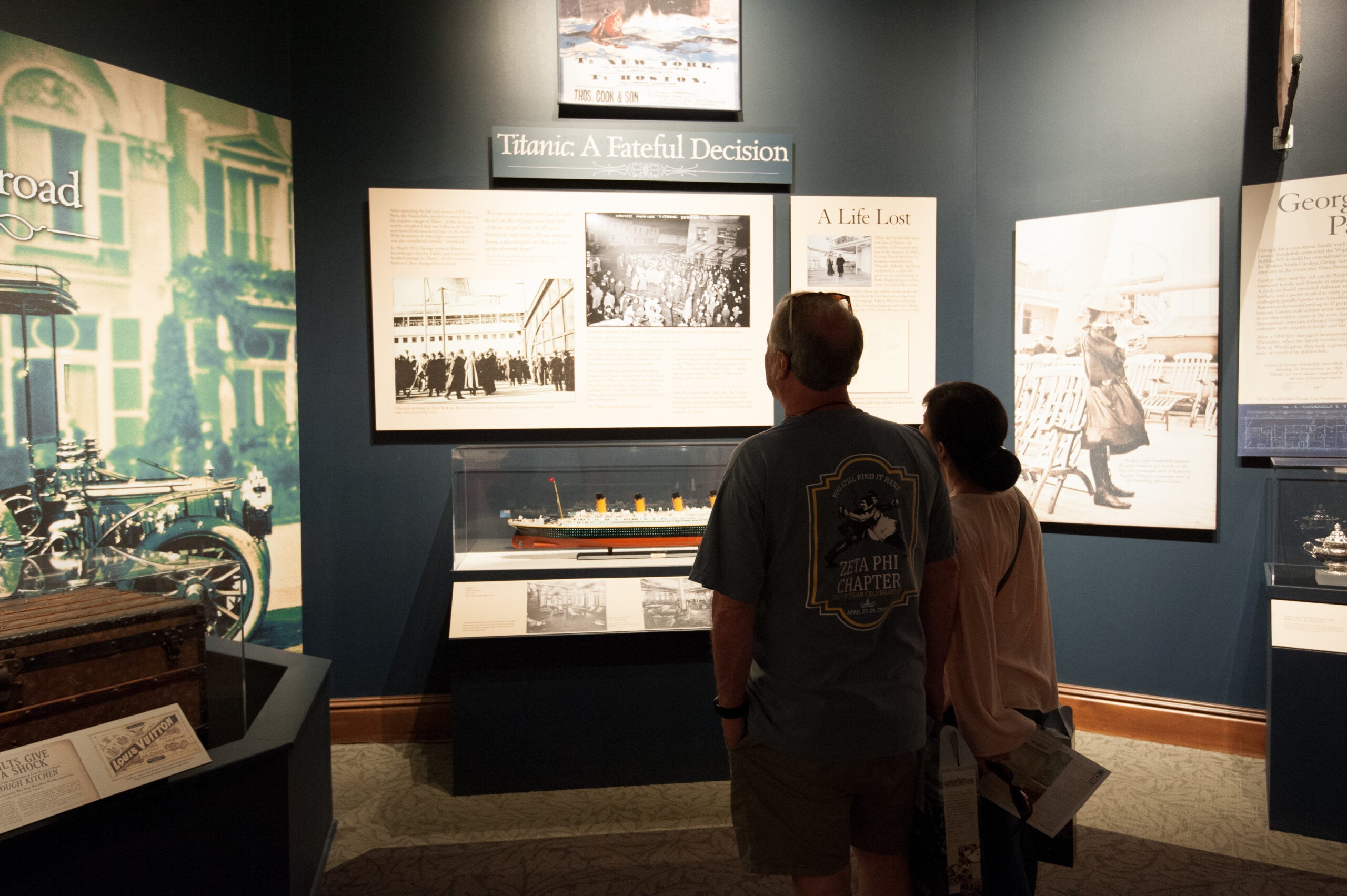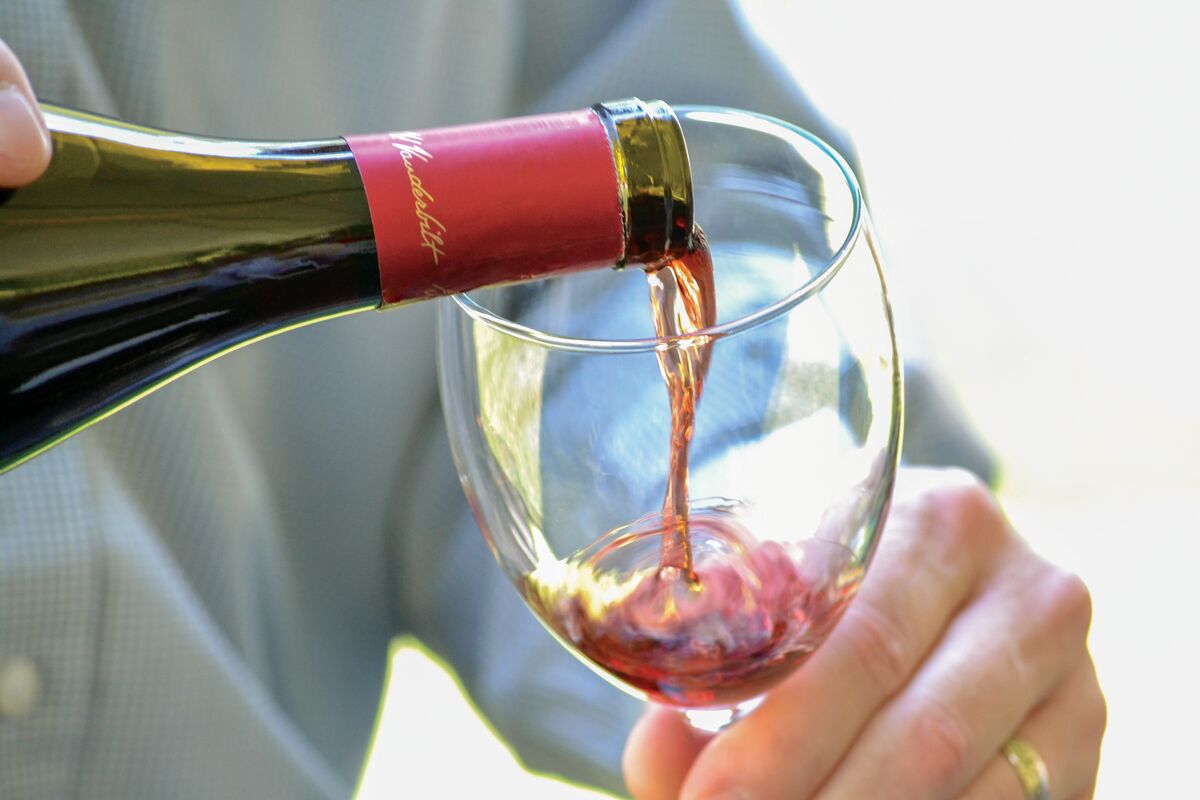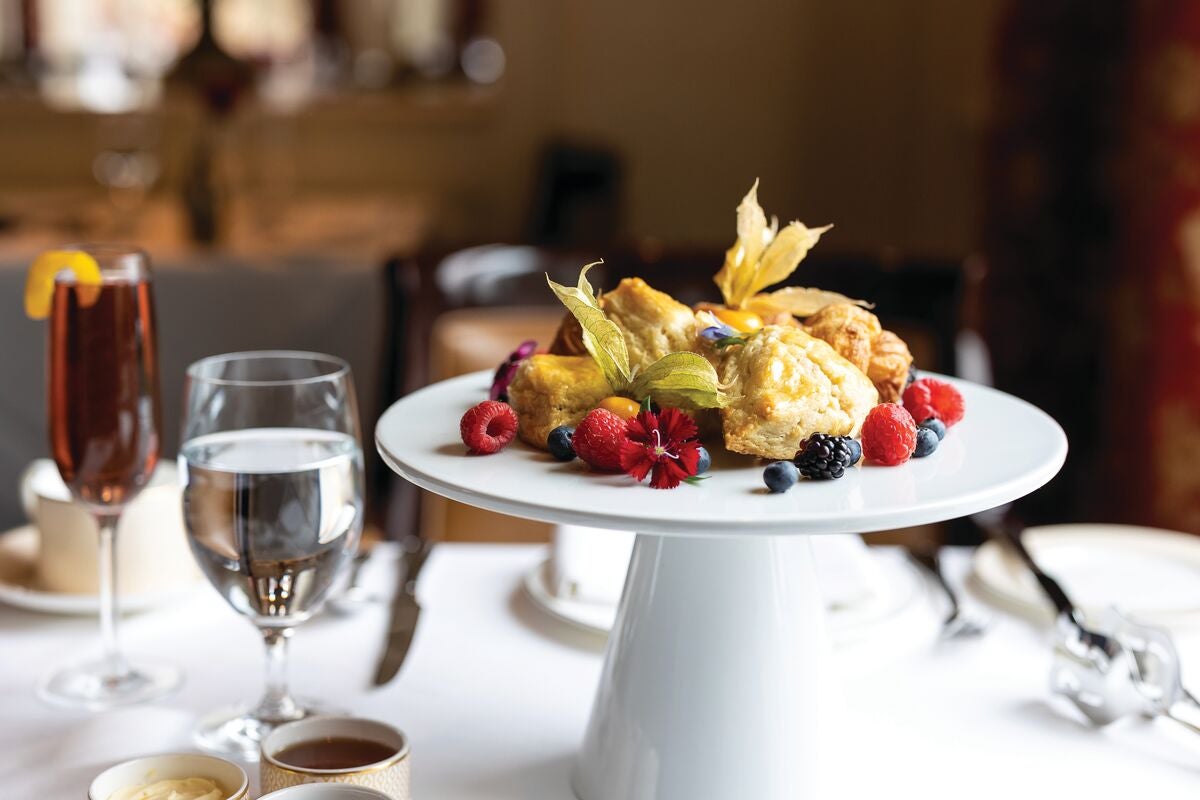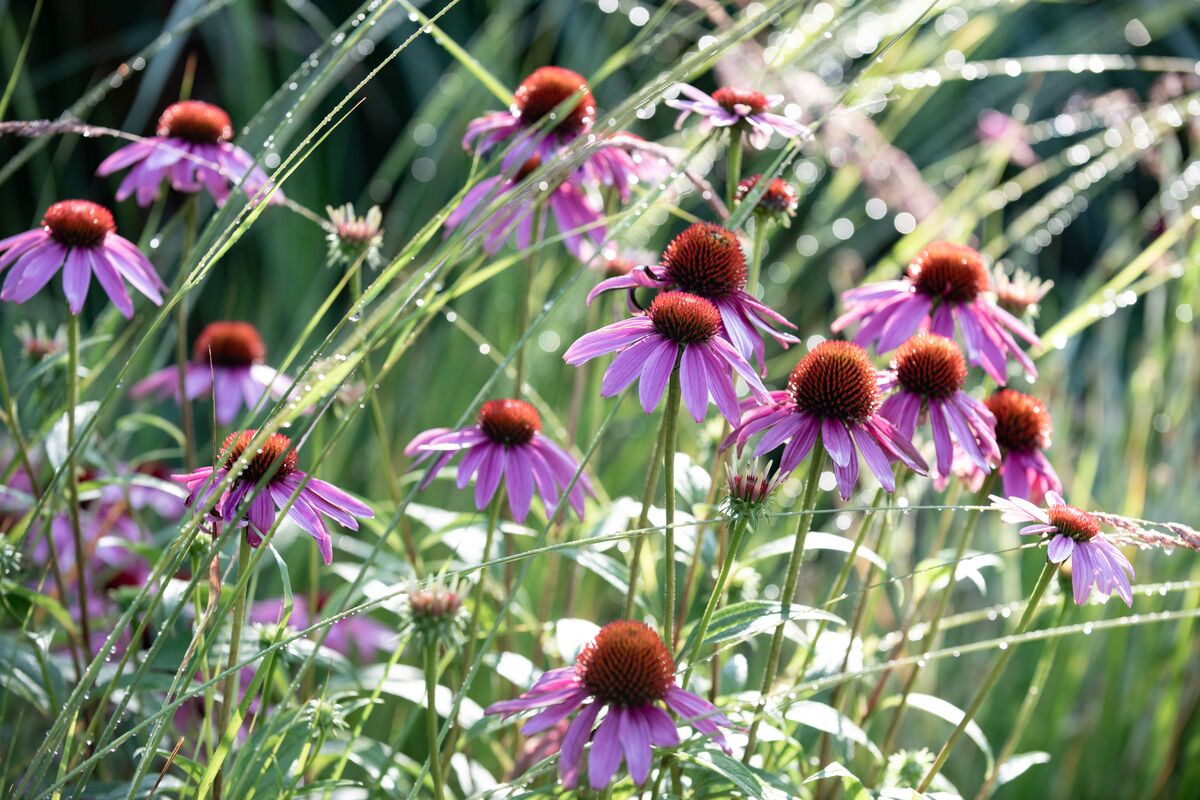Please enjoy this archived content from 2018.
It has become a tradition that movie buffs look forward to in December: A bevy of major motion pictures arrive in theaters in time to be considered as Oscar® contenders when the Academy Awards® are announced soon thereafter. In December 1997, one word seemed to sum up the collection of movies that year: “Titanic.”
As Biltmore gets ready to exhibit more than 40 stunning costumes from the 1997 blockbuster Titanic, in its newest exhibition Glamour on Board: Fashion from Titanic the Movie, we look back at a few of the reactions from film critics when it was released 20 years ago.
The well-known film critic Roger Ebert declared that James Cameron’s film “is in the tradition of the great Hollywood epics. It is flawlessly crafted, intelligently constructed, strongly acted and spellbinding…”
“A Spectacle As Sweeping As The Sea”
The headline atop critic Janet Maslin’s sparkling review in the The New York Times on Dec. 19, 1997, cued readers in a not-so-subtle manner of her delight.
Ms. Maslin wrote: “What a rarity that makes it in today’s world of meaningless gimmicks and short attention spans: a huge, thrilling three-and-a-quarter-hour experience that unerringly lures viewers into the beauty and heartbreak of its lost world. Astonishing technological advances are at work here, but only in the service of one spectacular illusion: that the ship is afloat again, and that the audience is intimately involved in its voyage.”

Titanic went on to become the most Oscar-winning film ever, raking in a record 11 Academy Awards, including the trophies for Best Picture and Best Costume Design.
“Titanic is a fantastic voyage,” wrote Dave Kehr in his review for the New York Daily News. “But Titanic is not merely good. It is a magnificent object, a feat of engineering and an overwhelming visual, aural and emotional experience …”
We look forward to showcasing the luxurious costumes designed by Deborah L. Scott, and worn by actors Leonardo DiCaprio, Kate Winslet and many others. Seeing them throughout the rooms of Biltmore House, our guests will experience perfect examples of the wardrobes favored by transatlantic travelers like George and Edith Vanderbilt in the early 1900s.
“Titanic soars with charismatic performances, spectacular effects.” – Margaret A. McGurk, Cincinnati Enquirer, Dec. 19, 1997.
Glamour on Board: Fashion from Titanic the Movie begins on February 9, 2018, and will remain on display until May 13, 2018.
Featured image: Rose and Jack (Kate Winslet and Leonardo DiCaprio) in the dining scene in “Titanic.” @1997 Courtesy of 20th Century Fox.
Second image: Rose admires Jack’s artistic talents while aboard the Titanic. @1997 Courtesy of 20th Century Fox.




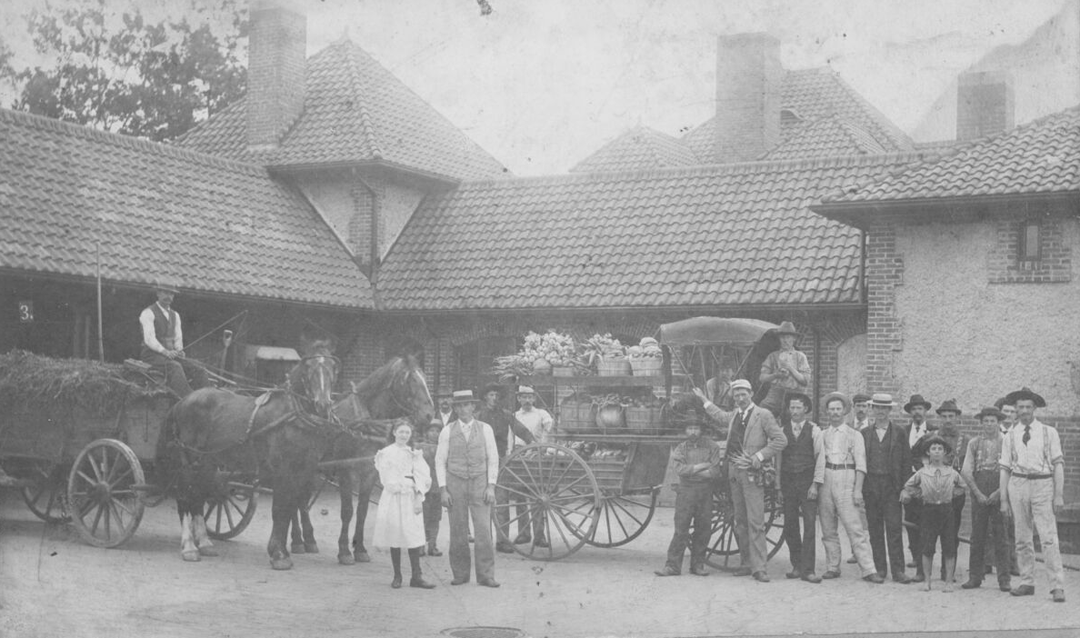
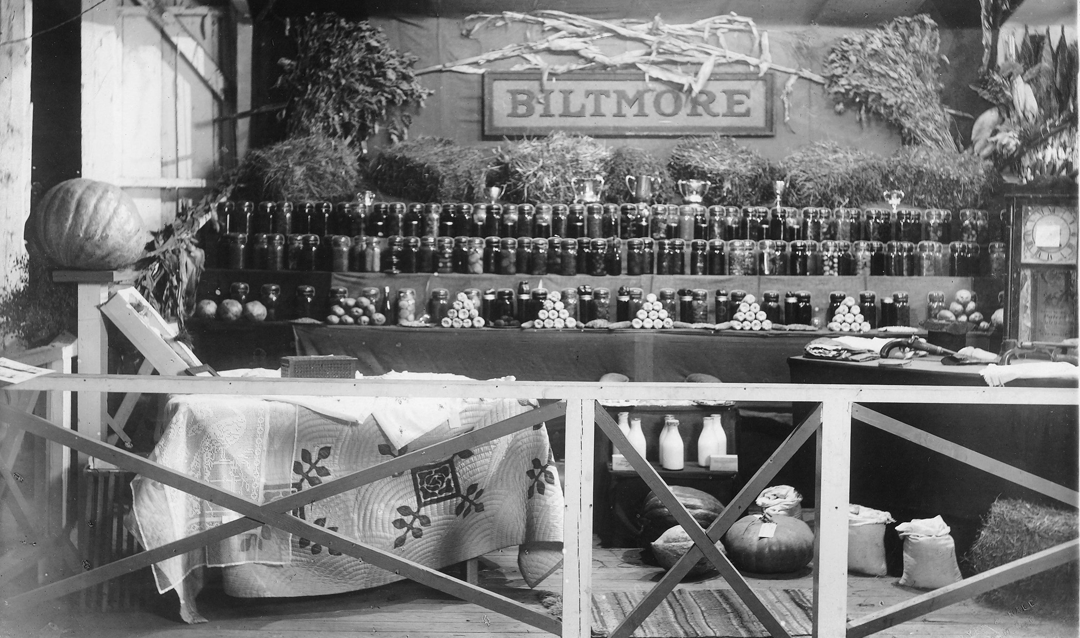
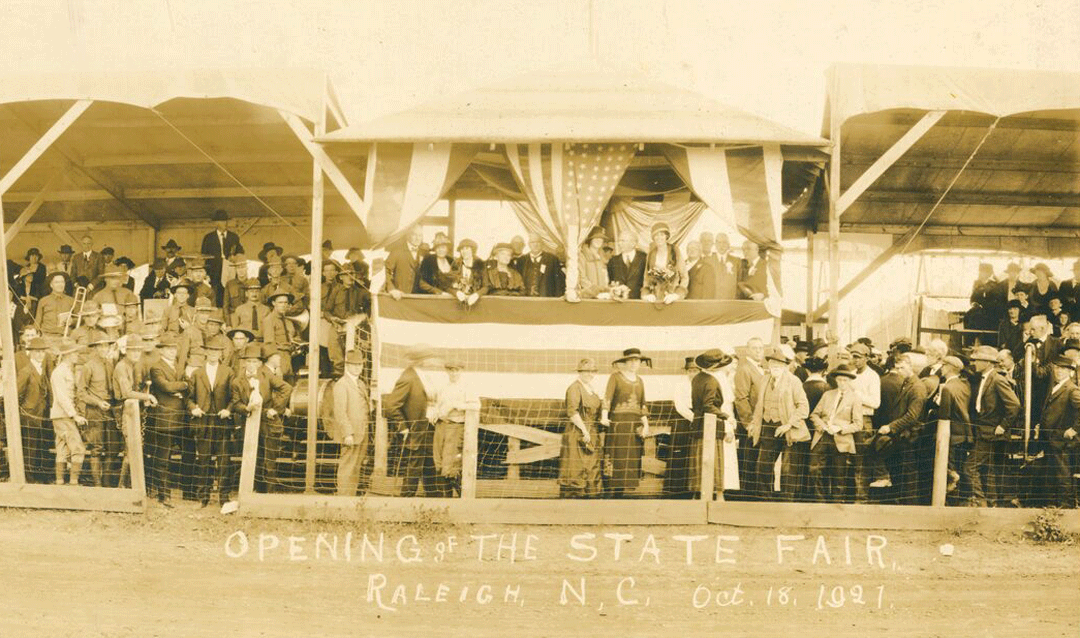
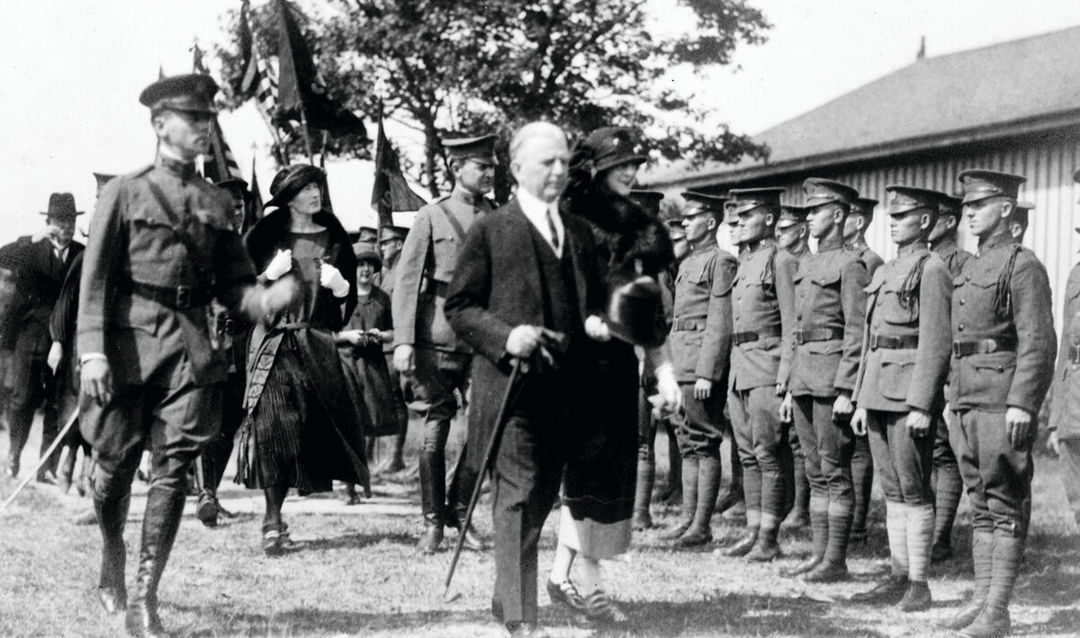

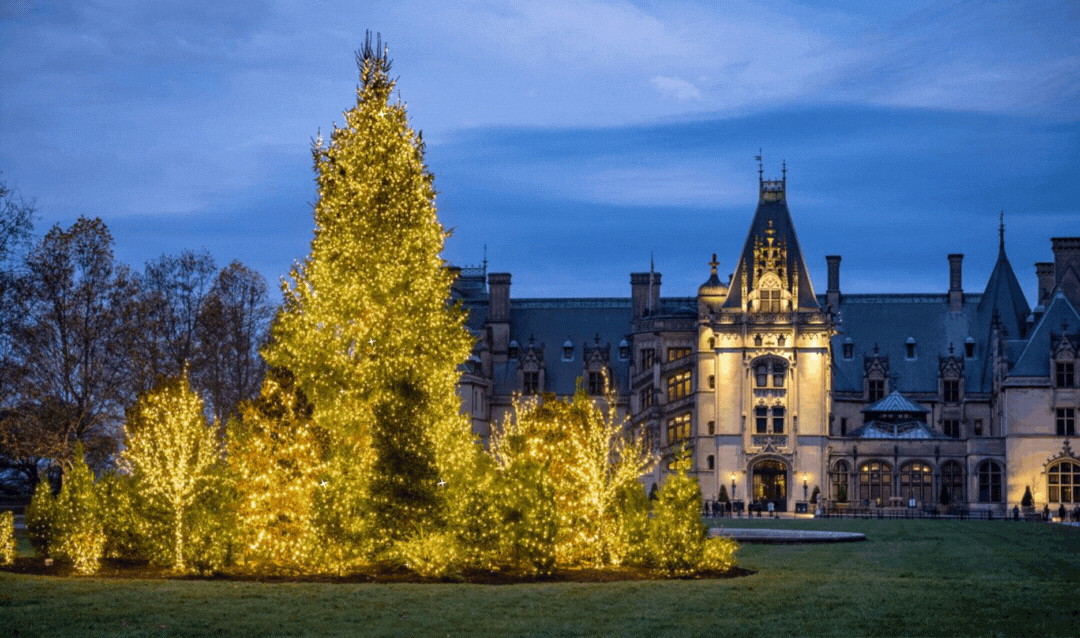
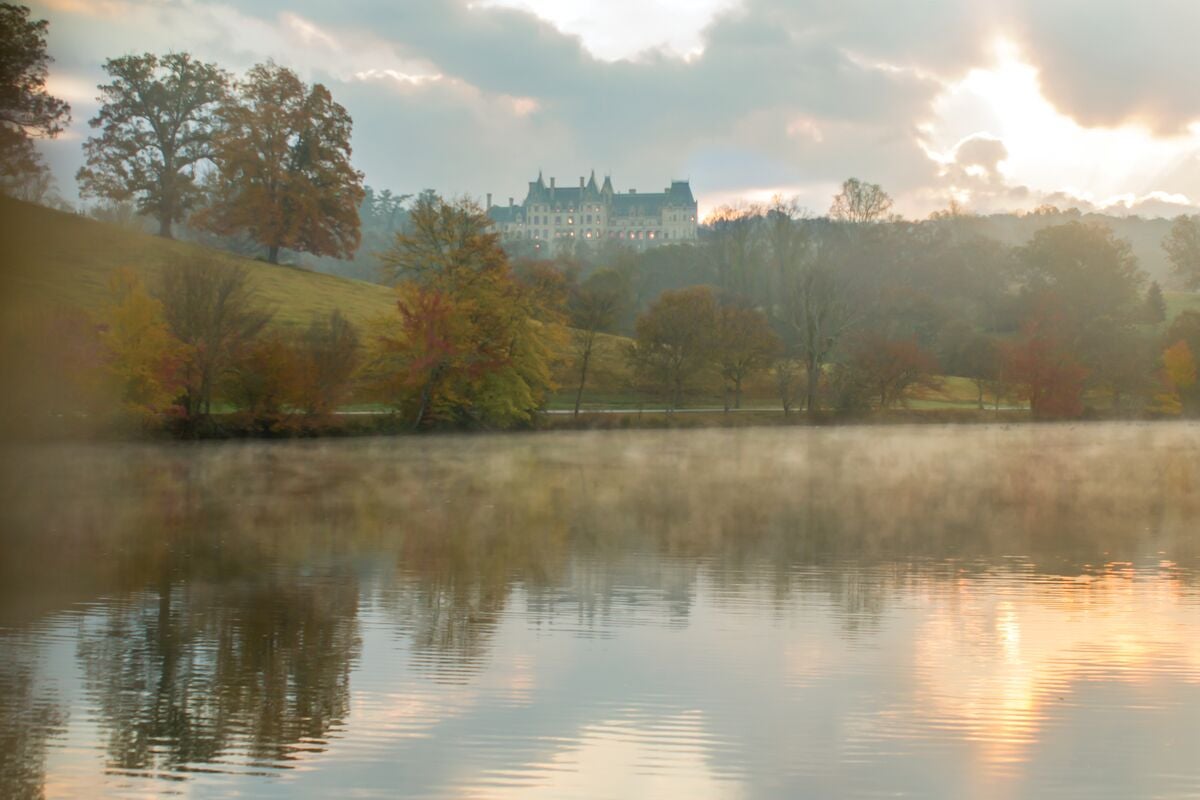
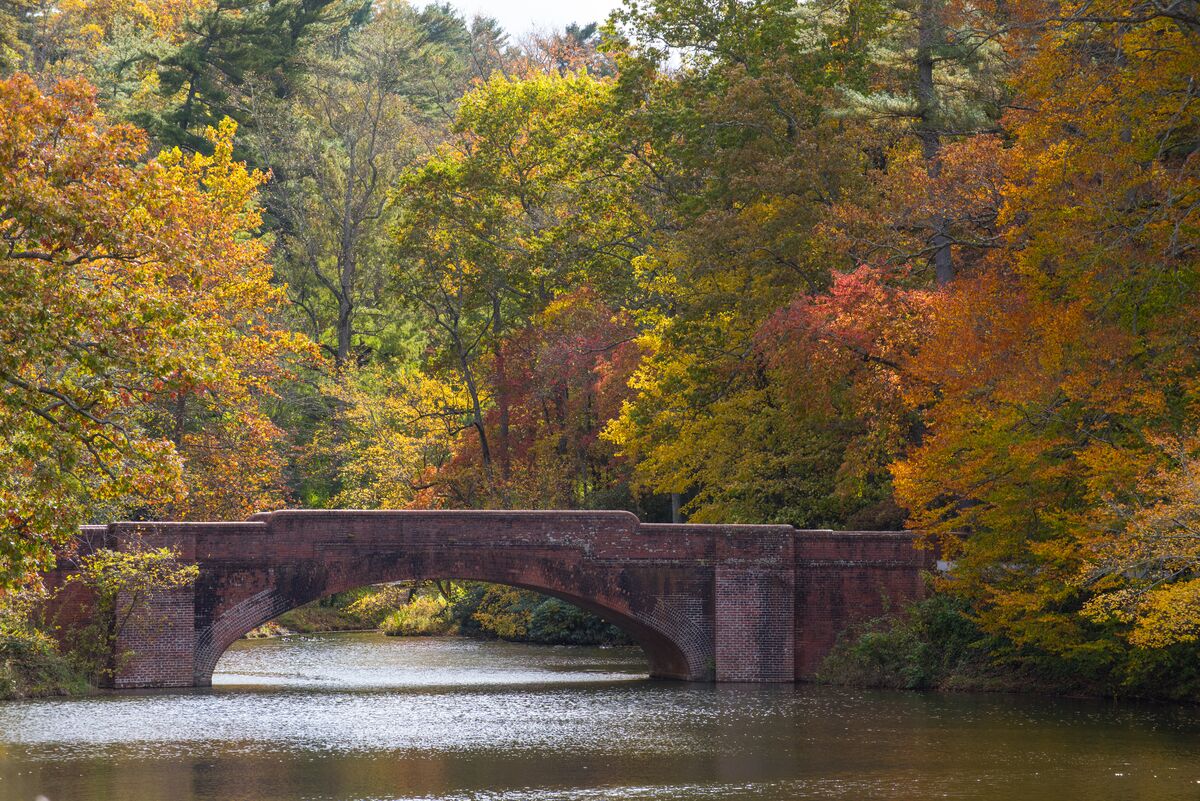
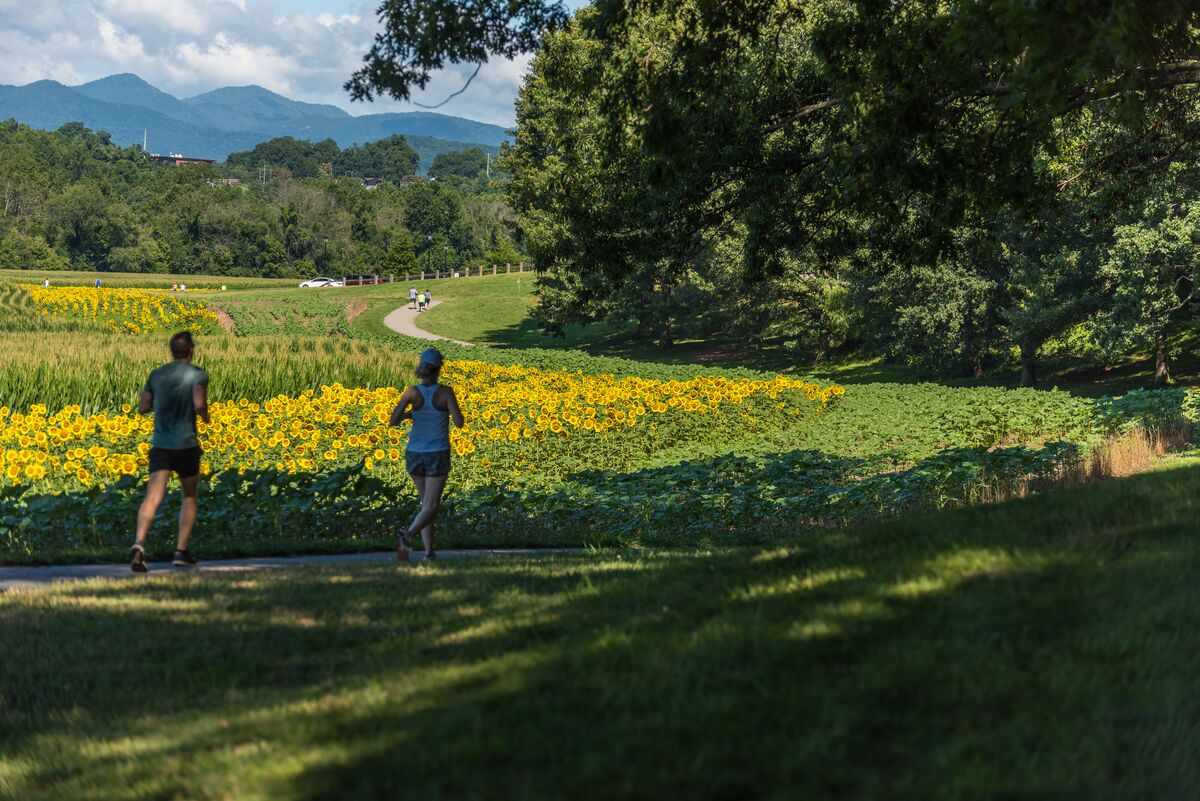
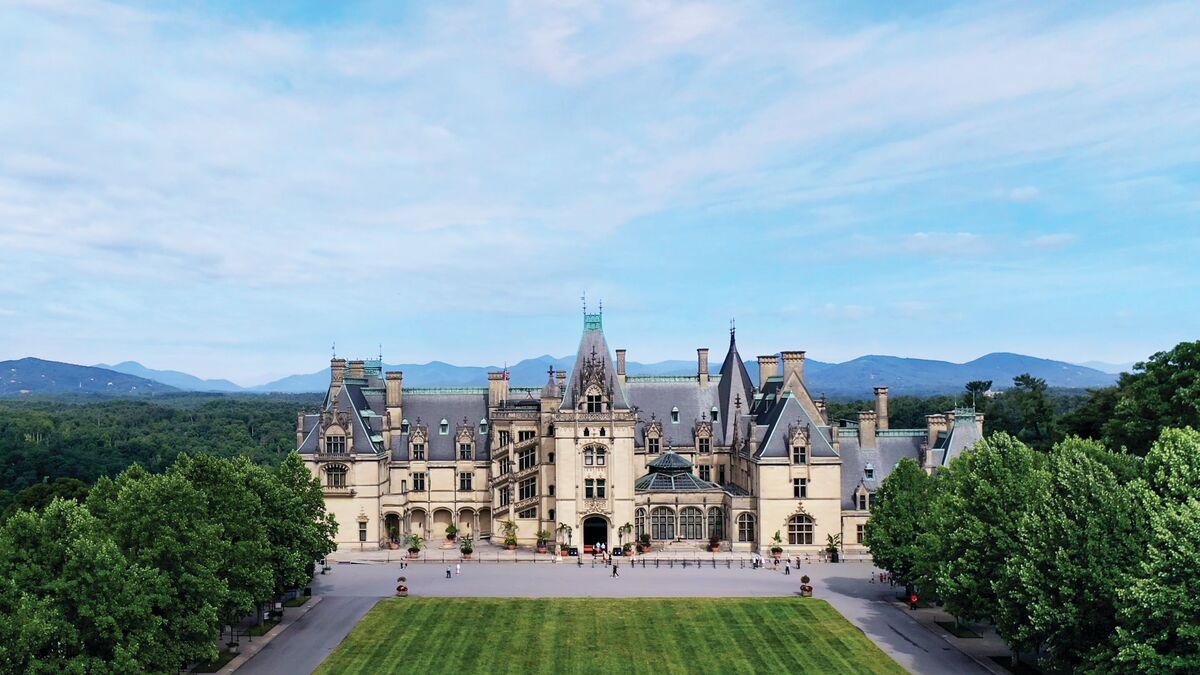
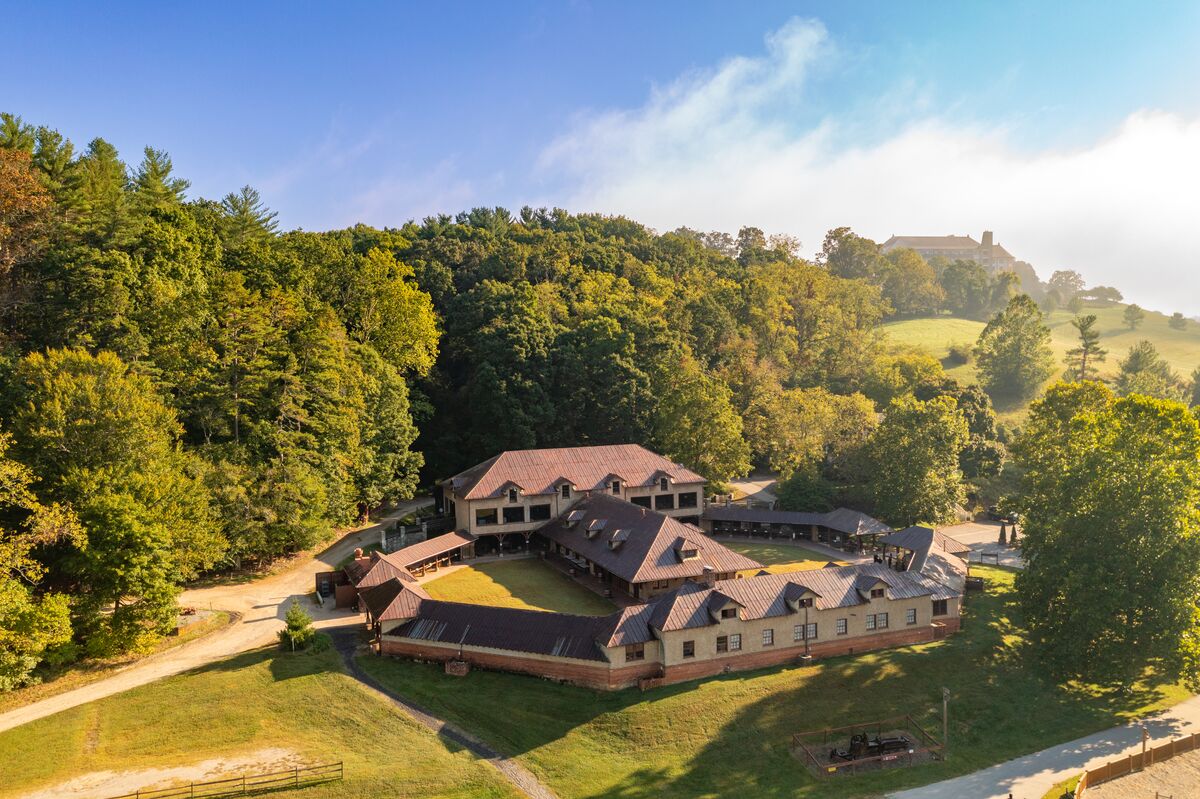
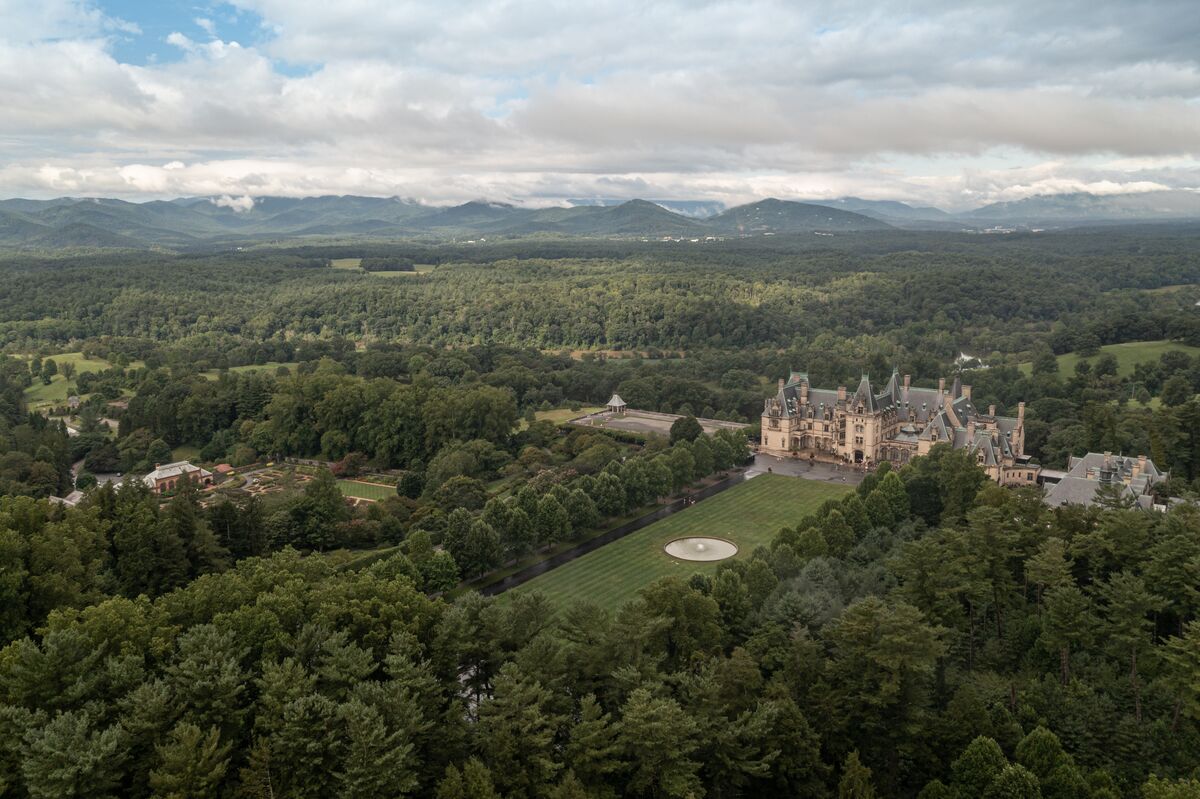
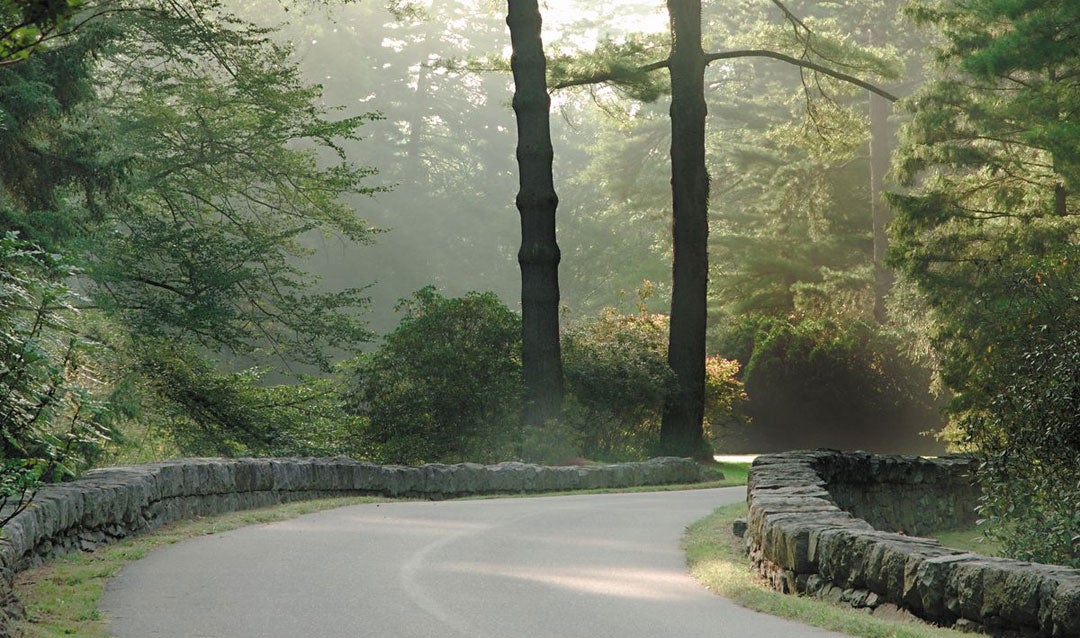
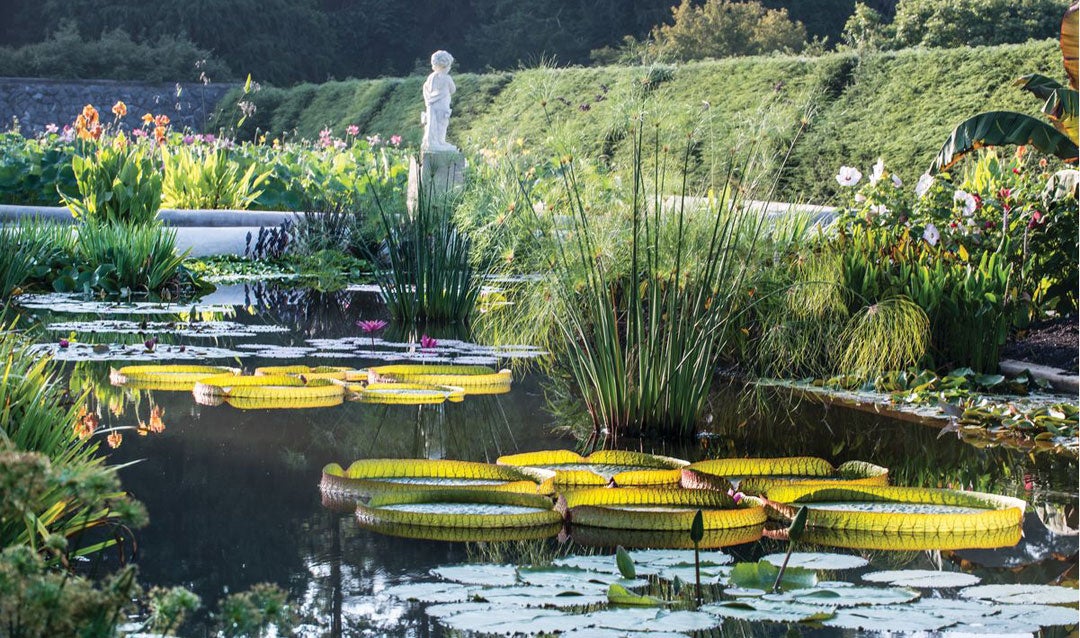
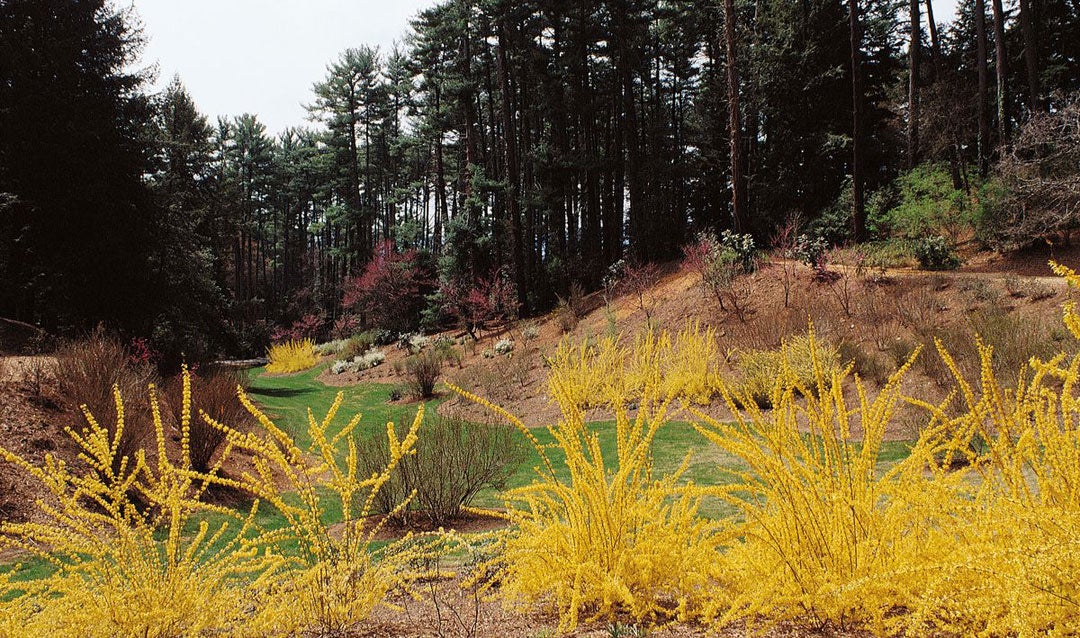
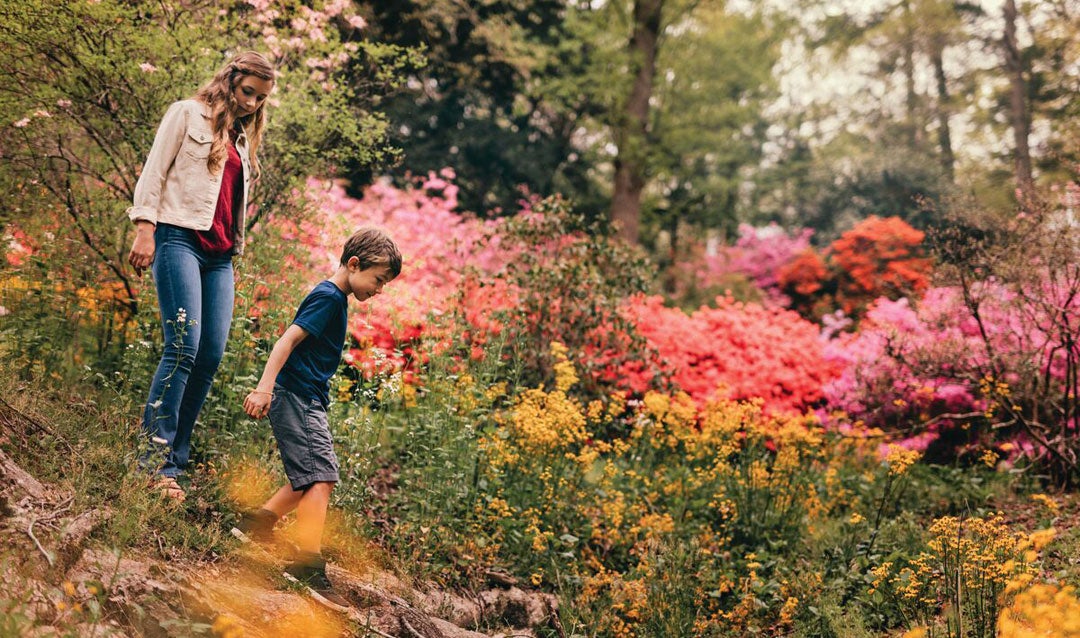
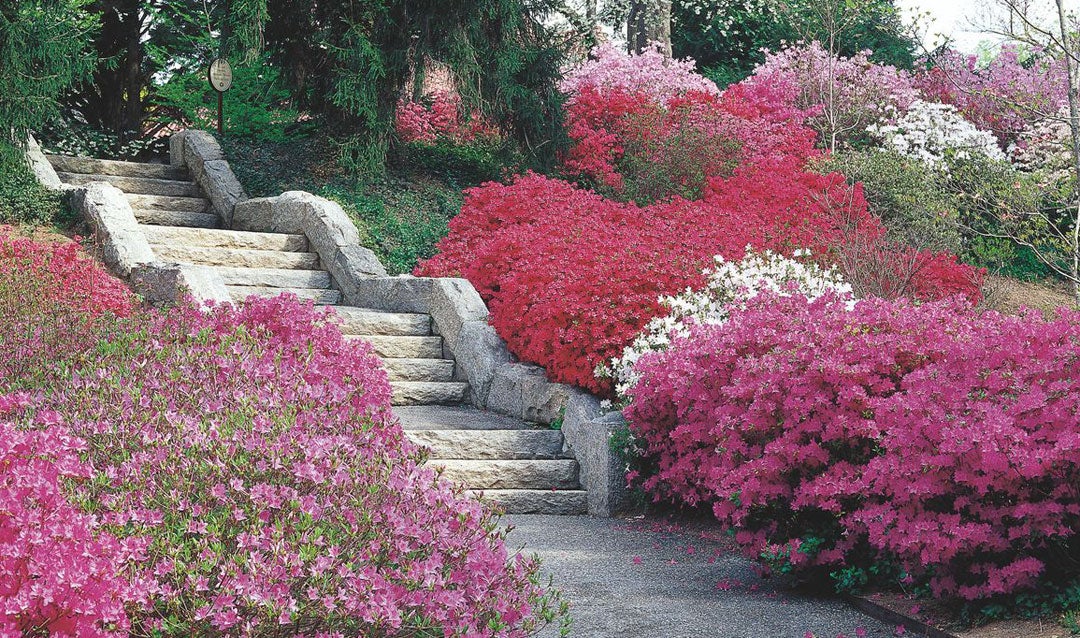
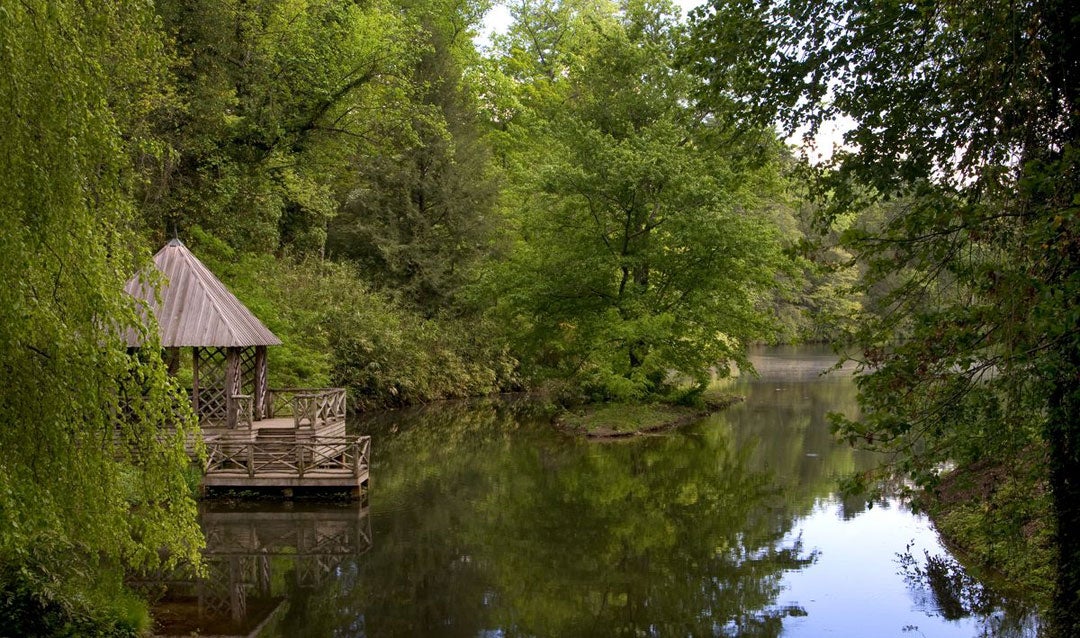
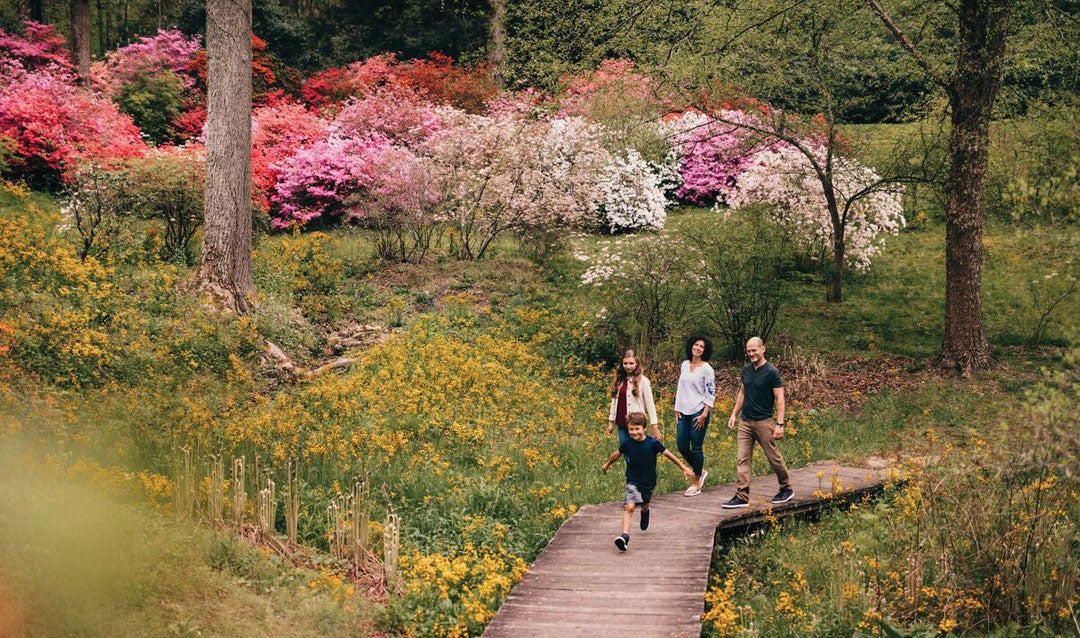
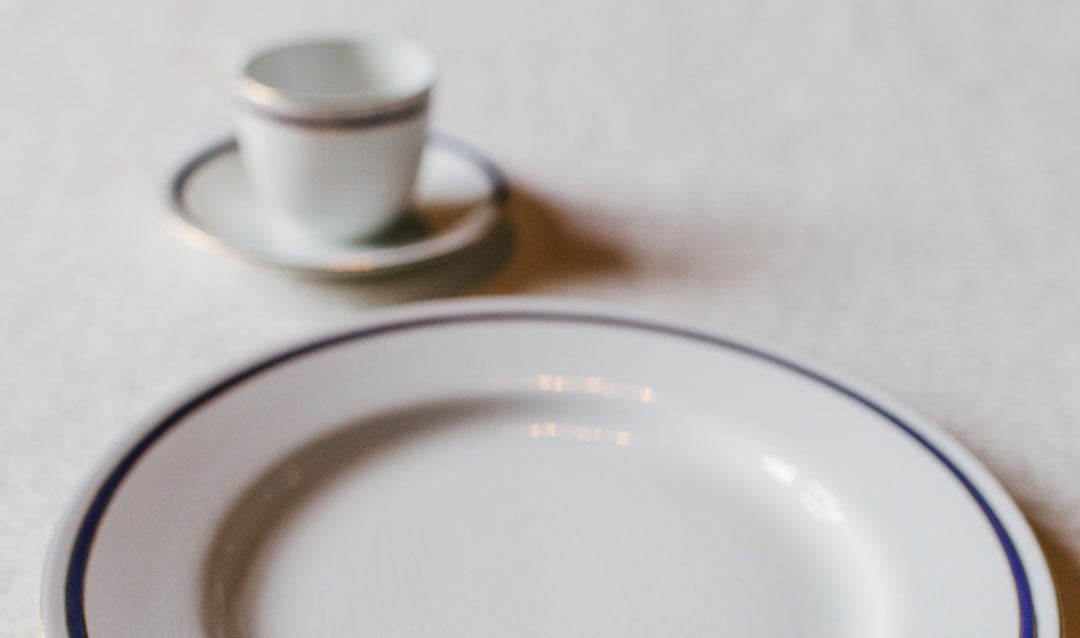
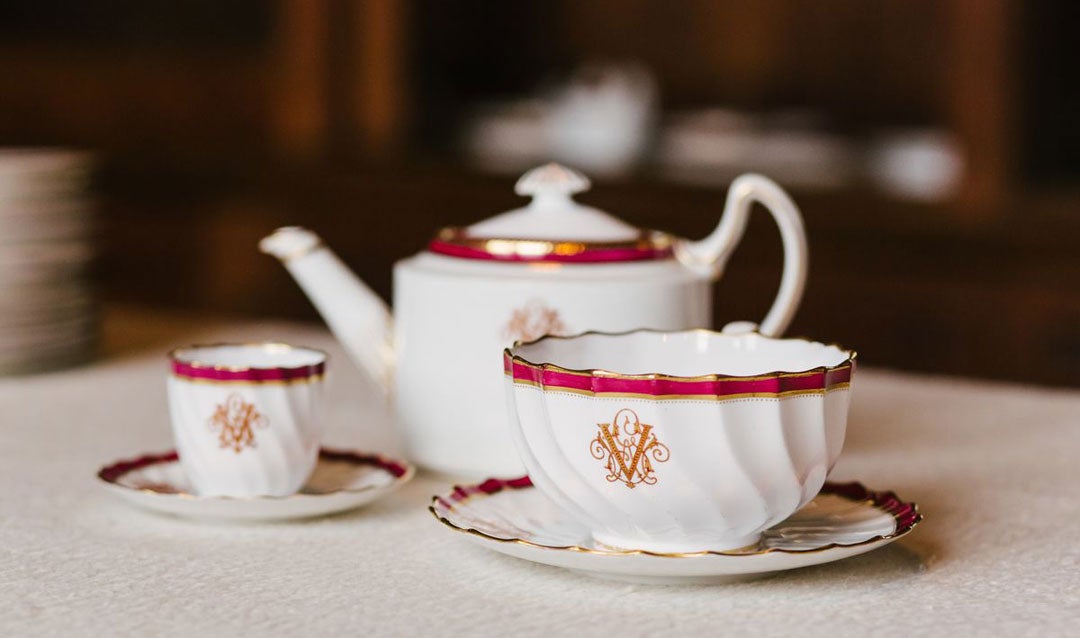
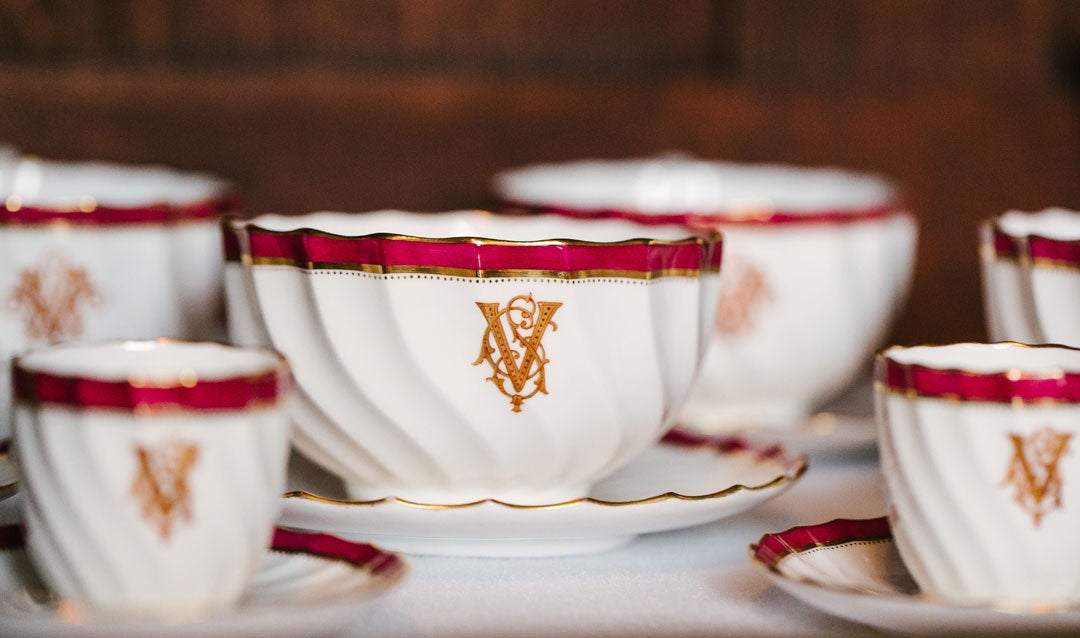
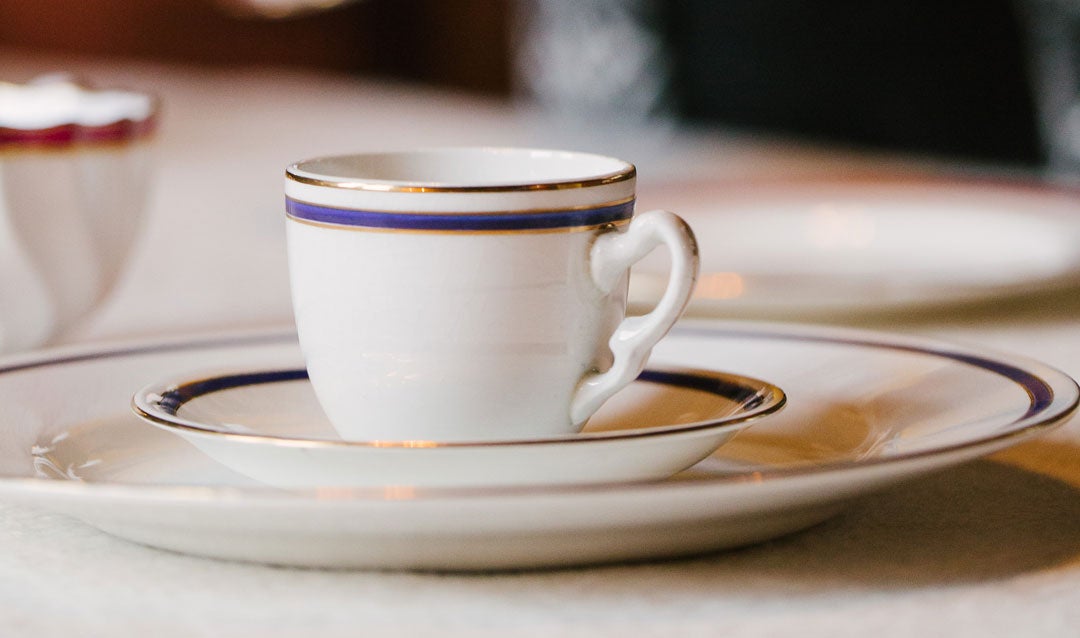
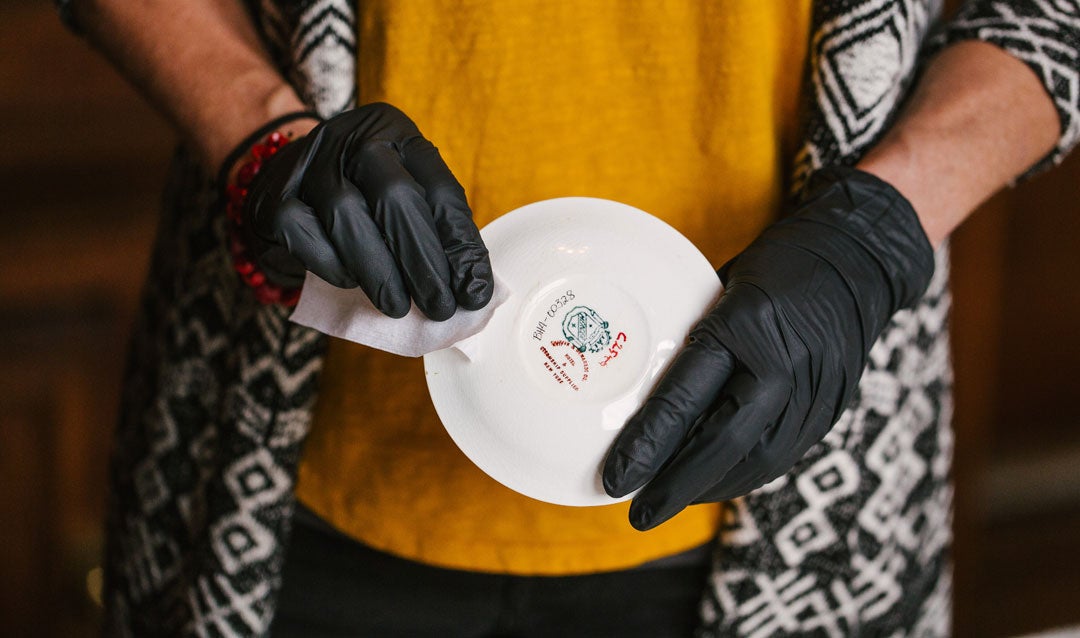
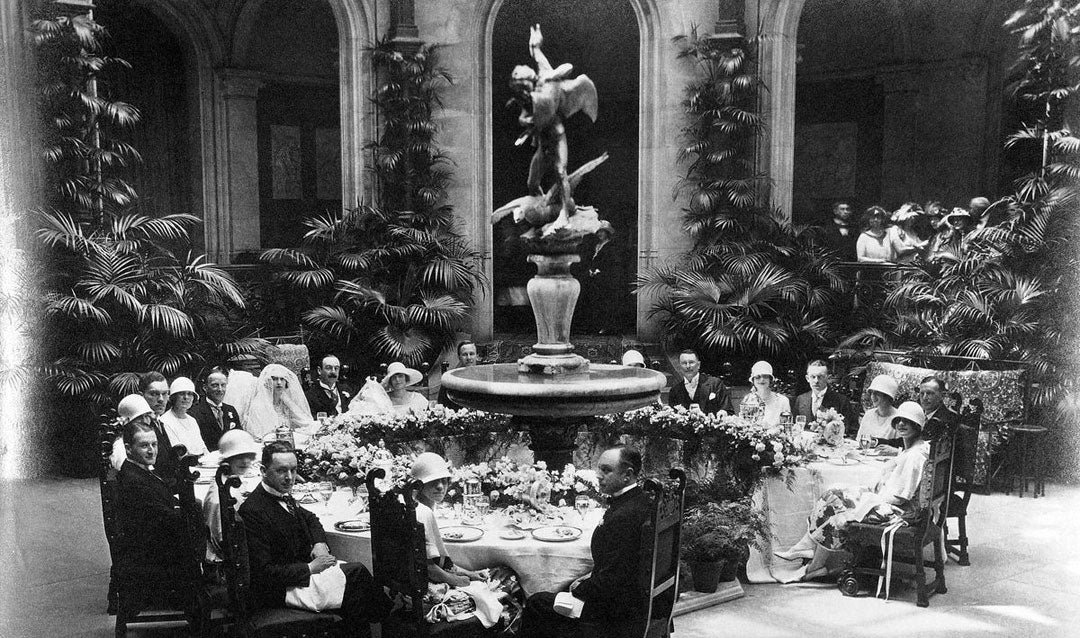
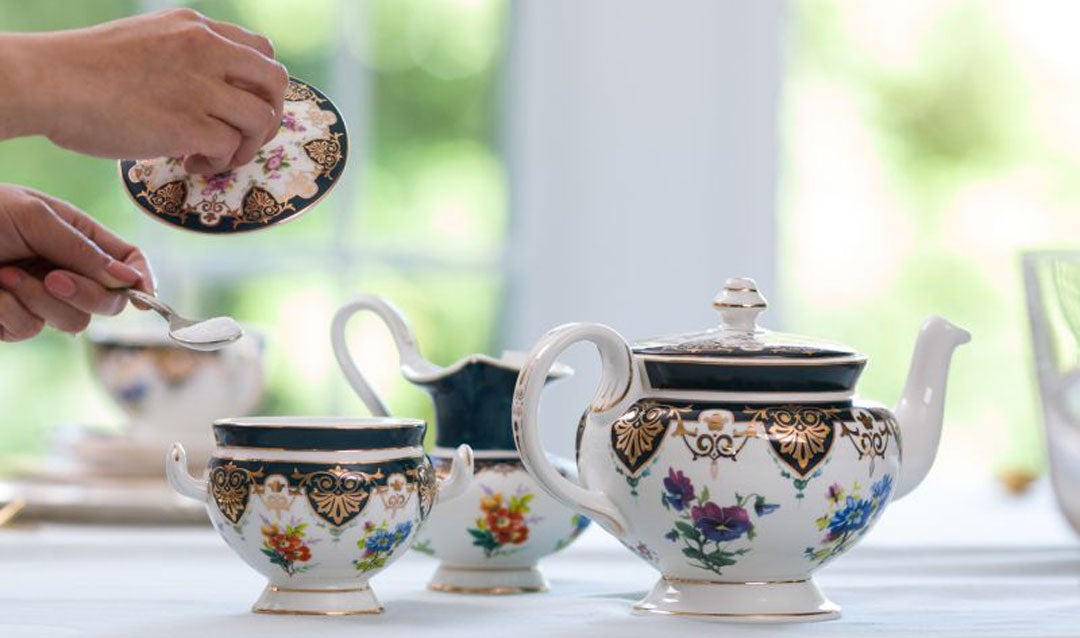

 Employee Christmas party at Antler Hall, ca. 1916
Employee Christmas party at Antler Hall, ca. 1916 Santa and Mrs. Claus welcome guests to Biltmore
Santa and Mrs. Claus welcome guests to Biltmore